The vdf class letter indicates the accuracy of the bearing information in terms ? [ Answer reports ]
Question 195-1 : Angle in degrees width in minutes time in seconds range in nm
 Angle in degrees.
Angle in degrees. Navigating to an ndb at dusk you notice the adf needle swinging erratically ?
Question 195-2 : Interference occurs between the ground wave and sky wave causing the signal to fade when the two waves are out of phases sky waves are amplified by the ionosphere which causes the adf needle to alternate between the sky wave and the ground wave the ionospheric reflections travel shorter distances than the ground signal which causes fading of the signal when they interfere interference between the ground wave and sky wave which causes fading when the signals arrive at the receiver in phase
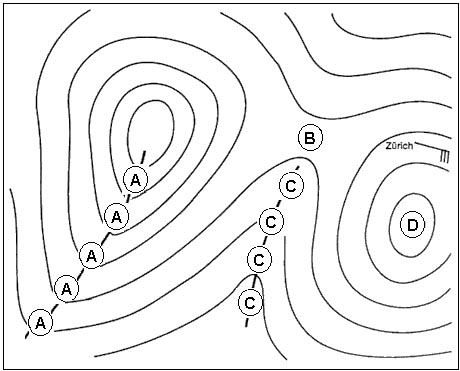 Interference occurs between the ground wave and sky wave causing the signal to fade when the two waves are out of phases.
Interference occurs between the ground wave and sky wave causing the signal to fade when the two waves are out of phases. It is expected for pilots to apply wind correction angles to the aircraft ?
Question 195-3 : The head or tail of the needle may point slightly left or right of the top of the instrument when maintaining the appropriate qdm or qdr once the aircraft is established on the depicted track the head or tail of the needle will point straight up on the instrument regardless of wind conditions the head of the needle will be pointing at 3600 when the aircraft is established on the inbound or outbound track the relative bearing will be equal to the wind correction angle required to maintain the depicted track towards or away from the ndb
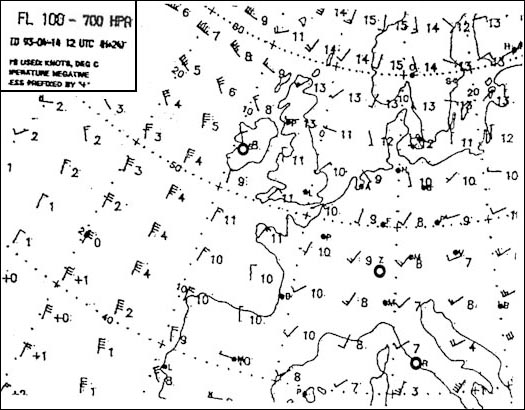 The head or tail of the needle may point slightly left or right of the top of the instrument when maintaining the appropriate qdm or qdr.
The head or tail of the needle may point slightly left or right of the top of the instrument when maintaining the appropriate qdm or qdr. You are flying in canada using a vor to navigate you are on the 190° radial ?
Question 195-4 : 188° 008° 192° 012°
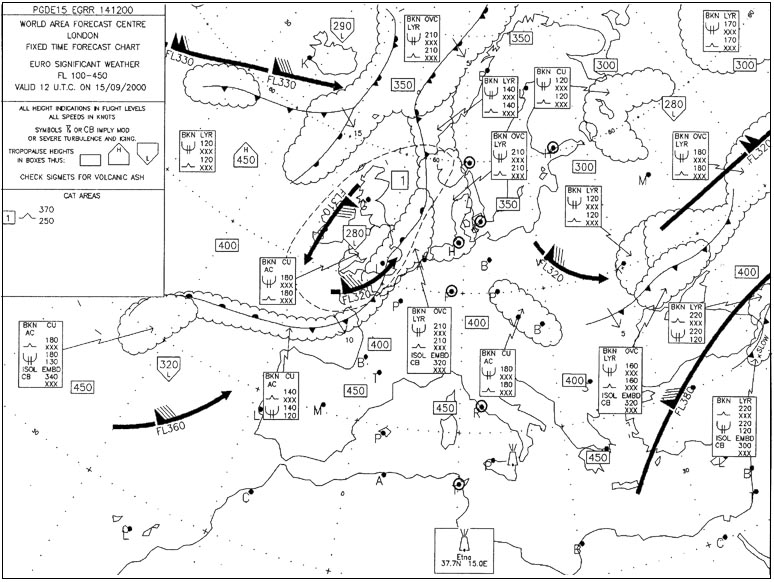 188°
188° Icao doc 8168 describes amongst others holding procedures the pilot should ?
Question 195-5 : Approximately 090 degrees or 270 degrees approximately 180 degrees or 360 degrees 90 degrees left or right 90 degrees left or right of the inbound course
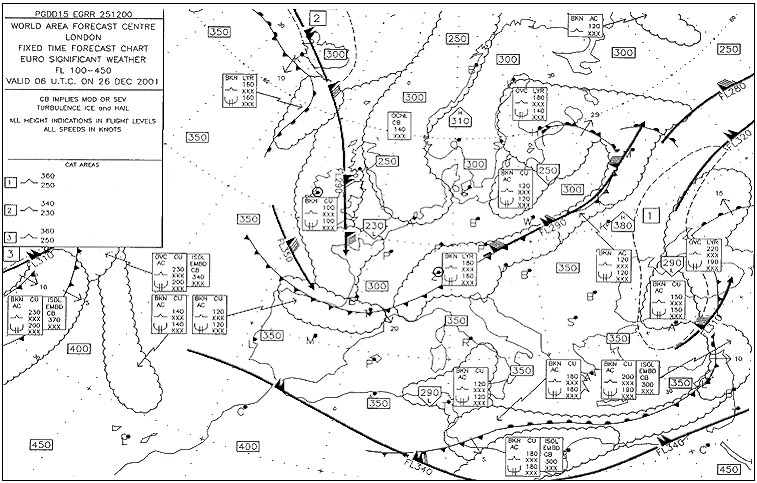 Approximately 090 degrees or 270 degrees.
Approximately 090 degrees or 270 degrees. When intercepting a selected radial the flight director indicates the ?
Question 195-6 : Optimum instantaneous bank angle to reach the selected radial bank angle 45 bank angle to reach the selected radial over a minimum distance bank angle to reach the selected radial in minimum time
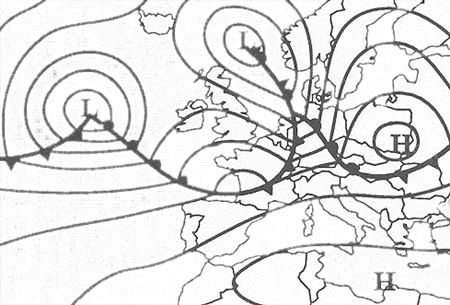 Optimum instantaneous bank angle to reach the selected radial.
Optimum instantaneous bank angle to reach the selected radial. An aircraft is being radar vectored downwind for the ils to runway 27 of a ?
Question 195-7 : Side lobes from the ils localiser antenna siting errors bending the ils localiser beam receiving the ils of an intersecting runway scalloping bending the ils localiser beam
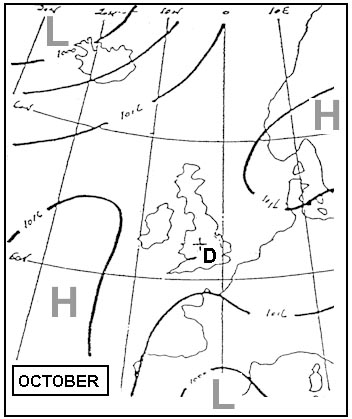 Side lobes from the ils localiser antenna.
Side lobes from the ils localiser antenna. You are making an approach to runway 25 at daytona beach which has a published ?
Question 195-8 : Reverse sensing will always occur on the obi regardless of the course set the hsi will sense correctly with the front course set the obi will sense correctly with the front course set the hsi will sense correctly with the front course set reverse sensing will always occur on the obi regardless of the course set the hsi will sense correctly with the back course set the obi will sense correctly with the front course set the hsi will sense correctly with the back course set
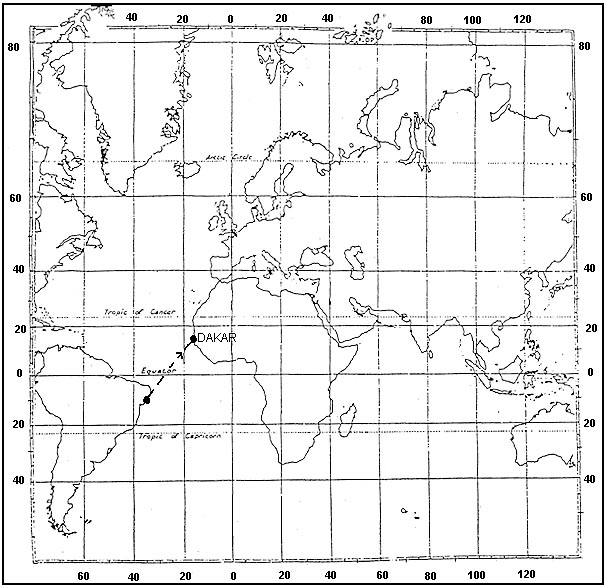 Reverse sensing will always occur on the obi regardless of the course set; the hsi will sense correctly with the front-course set.
Reverse sensing will always occur on the obi regardless of the course set; the hsi will sense correctly with the front-course set. How can an air traffic control unit determine the position of an aircraft ?
Question 195-9 : By using auto triangulation provided from several vdf bearings from different stations by using auto triangulation provided from several vdf bearings from a single station auto triangulation provided from several vor bearings from a single station is used vhf nav frequencies are used to calculate the position of the aircraft by triangulation
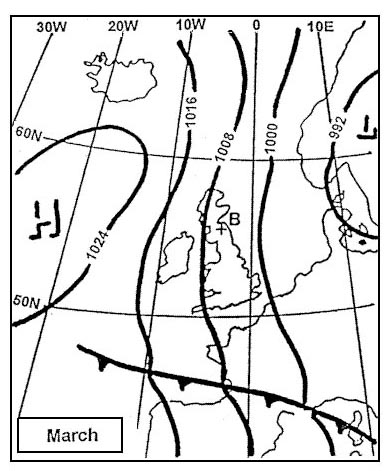 By using auto-triangulation provided from several vdf bearings from different stations.
By using auto-triangulation provided from several vdf bearings from different stations. Which of the following options are the correct frequency band propagation type ?
Question 195-10 : Vhf space waves 108 10 mhz to 111 975 mhz uhf space waves 329 15 mhz to 335 mhz vhf ground waves 108 mhz to 117 975 mhz uhf sky waves 190 khz to 1750 khz
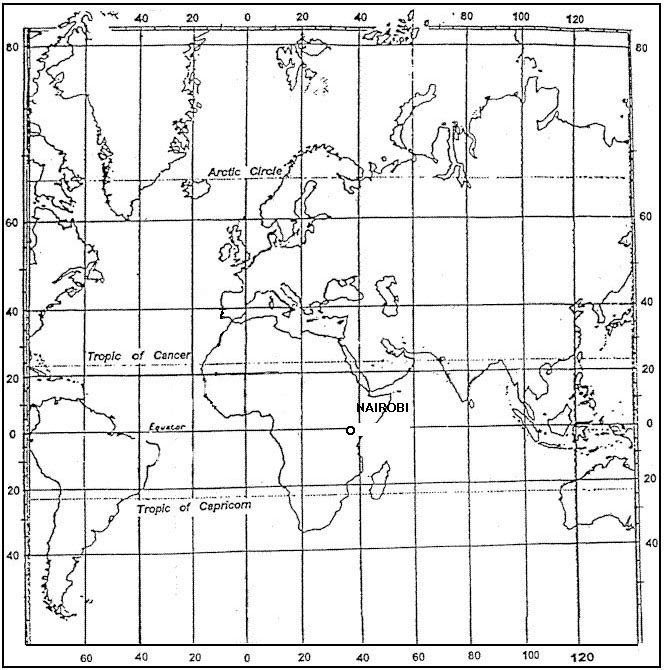 Vhf, space waves, 108.10 mhz to 111.975 mhz.
Vhf, space waves, 108.10 mhz to 111.975 mhz. An aircraft is equipped with a dme receiver that provides a ground speed read ?
Question 195-11 : Inaccurate as the aircraft is crossing the radials rather than flying an inbound or outbound radial accurate as the change in slant range gives an accurate measurement of the ground speed inaccurate as the aircraft is at an insufficient height and distance from the station to give a correct calculation of the ground speed accurate as the aircraft is at a sufficient height and distance from the station for a correct calculation of the ground distance
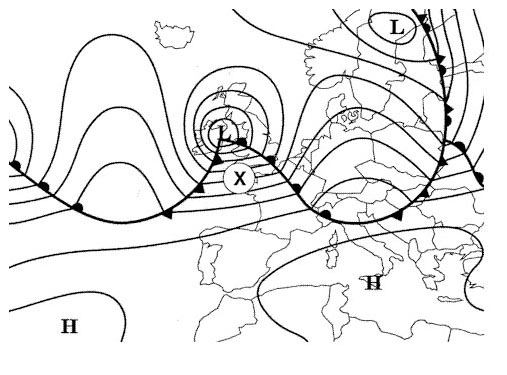 Inaccurate as the aircraft is crossing the radials rather than flying an inbound or outbound radial.
Inaccurate as the aircraft is crossing the radials rather than flying an inbound or outbound radial. Which of the following could give sufficient guidance to the pilot when flying ?
Question 195-12 : Flight director bars omnibearing indicator course deviation indicator radio magnetic indicator
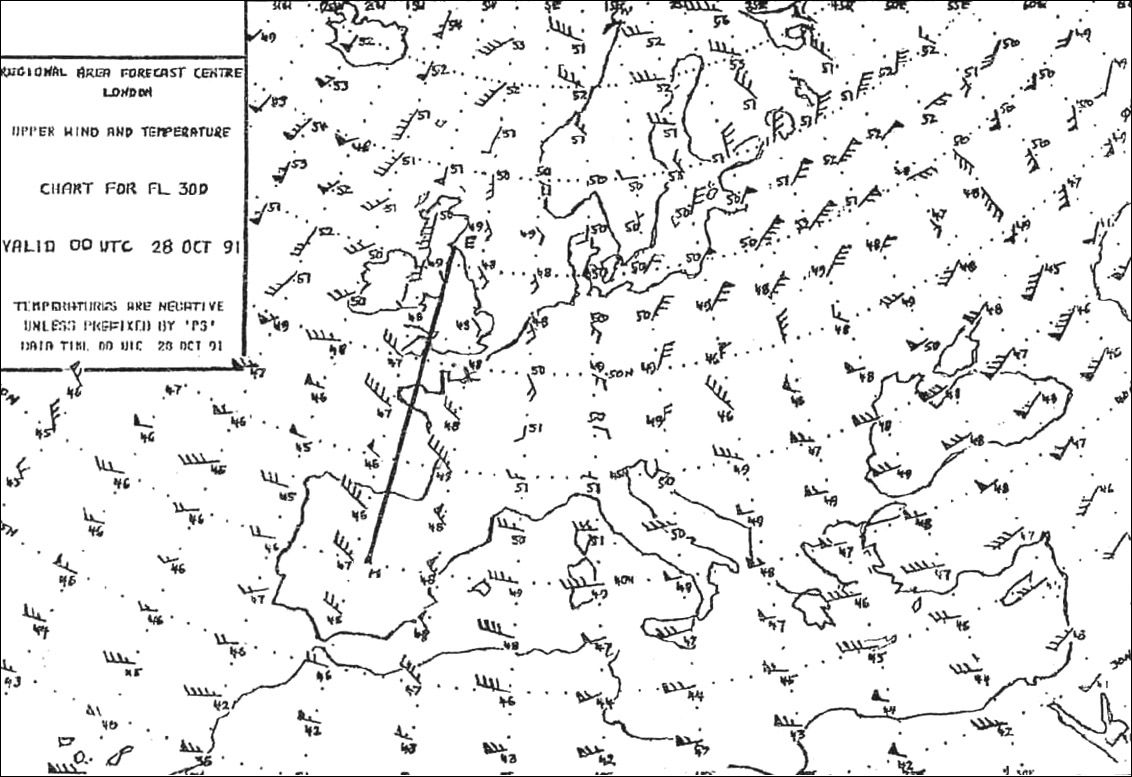 Flight director bars
Flight director bars A dme ground station can generally respond to a maximum of 100 aircraft at once ?
Question 195-13 : Saturation of the dme ground station working on only one receive frequency and one transmit frequency the difference in strengths of the received signals cannot be differentiated by the dme ground station and consequently the weakest signals fall off limitation of transmission by the echo protection circuit which avoids replies being reflected and coming back into the dme ground station saturation of the dme receivers in the aircraft receiving all interrogations of other aircraft in the vicinity that are on the same frequency
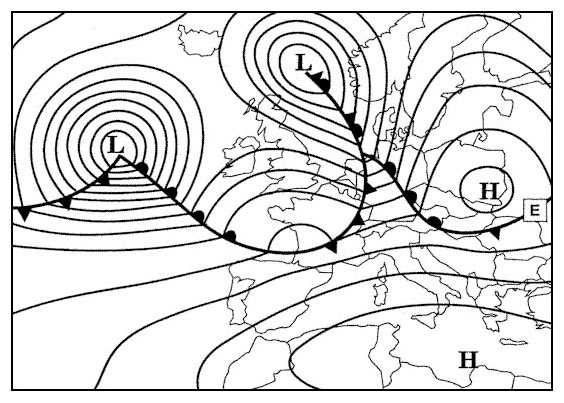 Saturation of the dme ground station working on only one receive frequency and one transmit frequency.
Saturation of the dme ground station working on only one receive frequency and one transmit frequency. According to icao doc 8168 an aircraft can be considered established on a vor ?
Question 195-14 : Half scale deflection +/ 5° of the selected radial one dot deviation 350 ft of the required track
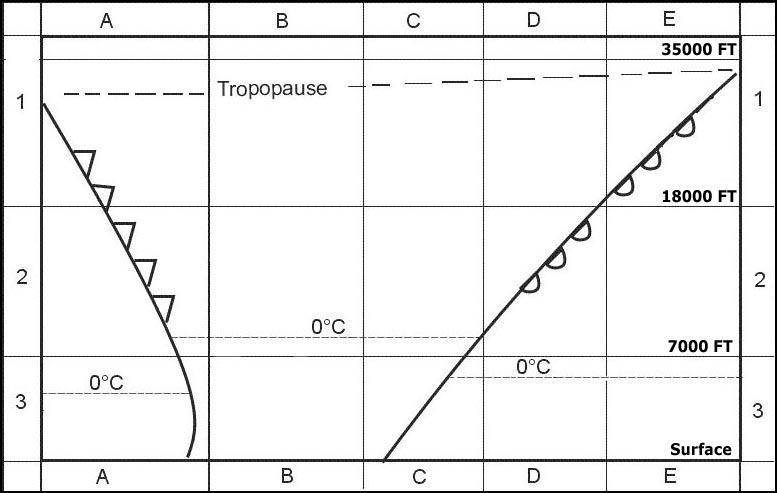 Half scale deflection.
Half scale deflection. You are flying across northern canada on airway nca whiskey you wish to cross ?
Question 195-15 : 298° 118° 304° 124°
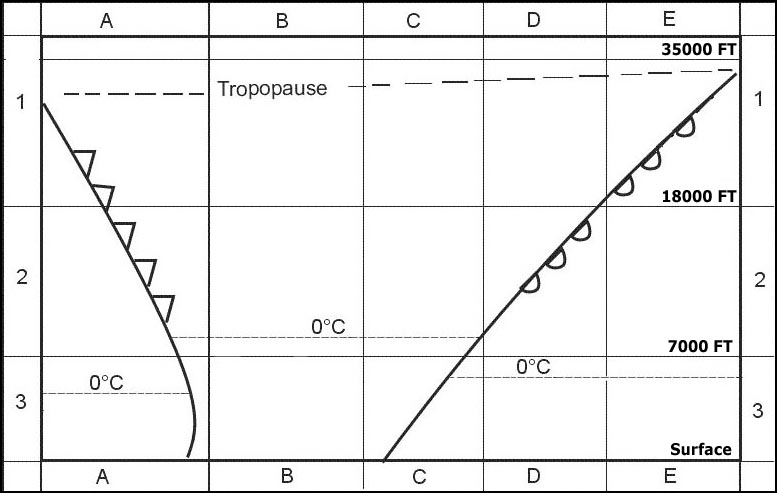 298°
298° A pilot is flying an ndb holding pattern they should continuously monitor the… ?
Question 195-16 : Morse code as a means to identify a potential failure of the ndb adf needle as a means to identify a potential failure of the ndb adf warning flag s as a means to identify a potential failure of the ndb atc frequency as a means to receive information about a potential failure of the ndb
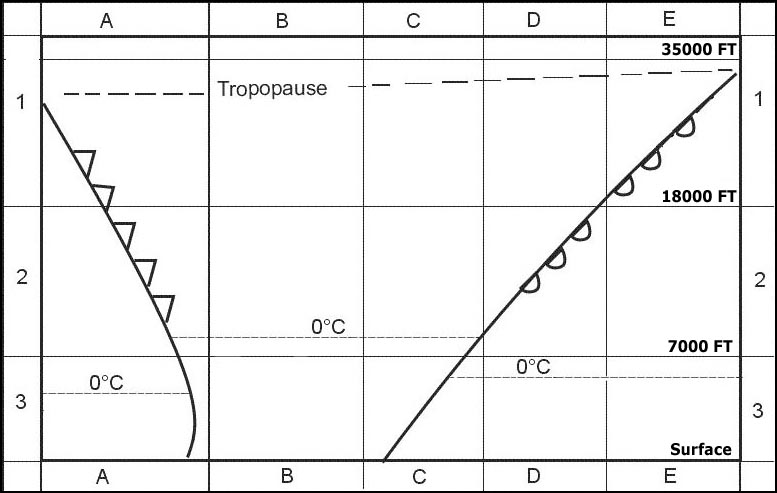 Morse code as a means to identify a potential failure of the ndb.
Morse code as a means to identify a potential failure of the ndb. In the legend of a navigation chart a beacon is mentioned to be a tvor which ?
Question 195-17 : A vor station with a shorter range used as part of the approach and departure structure at major aerodromes a terminal vor beacon used especially for aircraft on the final approach heading to the runway a vor station that is emitting a signal to test vor indicators in an aircraft and it is most commonly located at an aerodrome a conventional vor beacon with an antenna that looks like a ‘’t’’ due to the horizontal and the perpendicular vertical parts
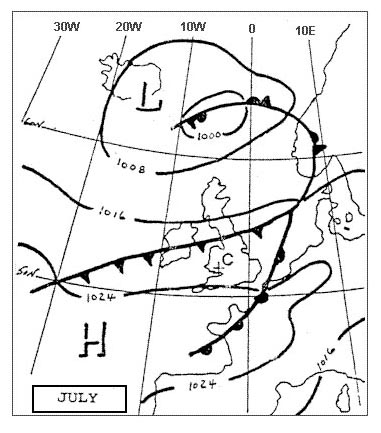 A vor station with a shorter range, used as part of the approach and departure structure at major aerodromes.
A vor station with a shorter range, used as part of the approach and departure structure at major aerodromes. Which of the following statements correctly describe the principles of ?
Question 195-18 : 2 and 3 3 and 4 1 and 2 2 and 4
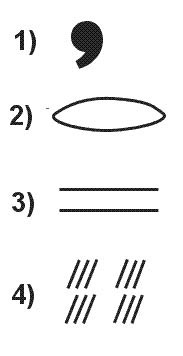 2 and 3
2 and 3 Determine the distance which will be shown on a dme display when the aircraft ?
Question 195-19 : 8 nm 6 nm 10 nm 12 nm
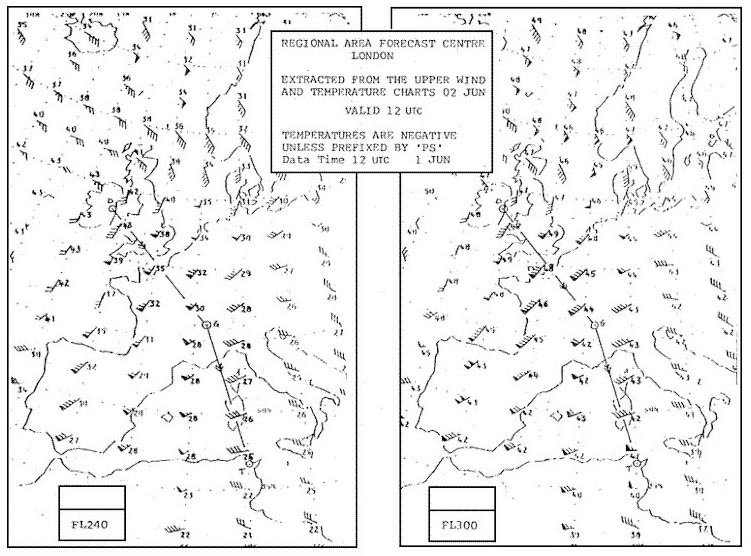 8 nm
8 nm A procedural vor approach using a procedure turn is to be flown the outbound ?
Question 195-20 : A right turn onto a track of 278° m to intercept the inbound track a left turn onto a track of 233° m to intercept the inbound track a right turn onto a track of 233° m to intercept the inbound track a right turn onto a track of 198° m to intercept the inbound track
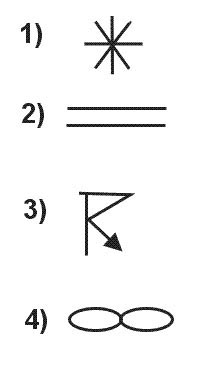 A right turn onto a track of 278°(m) to intercept the inbound track.
A right turn onto a track of 278°(m) to intercept the inbound track. After tuning the correct ils frequency and receiving the correct ident the ?
Question 195-21 : The aircraft receives modulating frequencies of 90 and 150 hz at a rate of 0% an incorrect course is selected on the obi or hsi more than full scale deflections are indicated another aircraft ahead on the same ils approach is disturbing the transmission
 The aircraft receives modulating frequencies of 90 and 150 hz at a rate of 0%.
The aircraft receives modulating frequencies of 90 and 150 hz at a rate of 0%. After tuning and receiving a correct ident you become established on an ils and ?
Question 195-22 : The modulation of the 90 hz and 150 hz signals is 0% loss of both the loc and the gp identification transmissions the aircraft is flying through the cone of confusion of the ils transmitters signal strength increases to the point where it becomes distorted
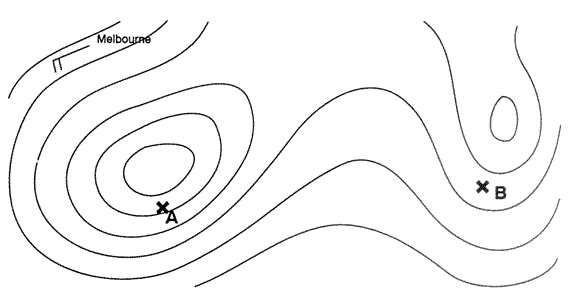 The modulation of the 90 hz and 150 hz signals is 0%.
The modulation of the 90 hz and 150 hz signals is 0%. An aircraft is on the 290° radial from a nearby vor the magnetic variation at ?
Question 195-23 : 115° 105° 297° 110°
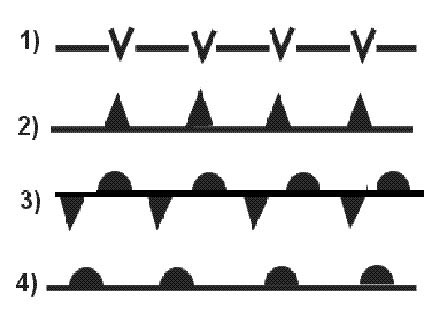 115°
115° An aircraft is radar vectored onto a cat i ils approach using a hsi the final ?
Question 195-24 : 164° 158° 160° 168°
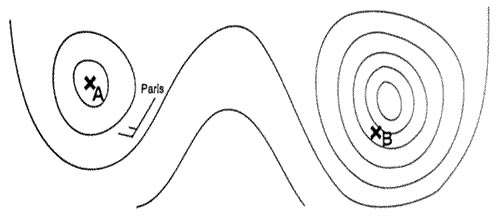 164°
164° Which of these options correctly describes the basic principles of operation of ?
Question 195-25 : The time interval between the to and from scans in azimuth and elevation determines the aircraft position within the coverage area guidance is given using the localiser and the glide path selected by the pilot the guidance is based on the received and measured difference in depth of modulation ddm guidance is provided based on the pilots’ selection of the transmitters providing the pilot with the required localiser and glide path the distance between the to and from scans in azimuth and elevation determines the aircraft position within the coverage area
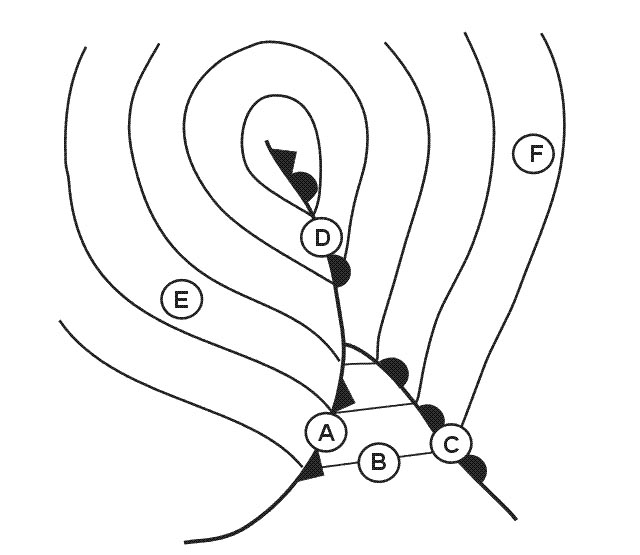 The time interval between the to and from scans in azimuth and elevation determines the aircraft position within the coverage area.
The time interval between the to and from scans in azimuth and elevation determines the aircraft position within the coverage area. What is one of the main differences between cat ii and cat iii mls approaches ?
Question 195-26 : Only cat iii allows no decisions height only cat iii requires a runway visual range only cat iii requires a radio altimeter only cat ii requires a runway visual range
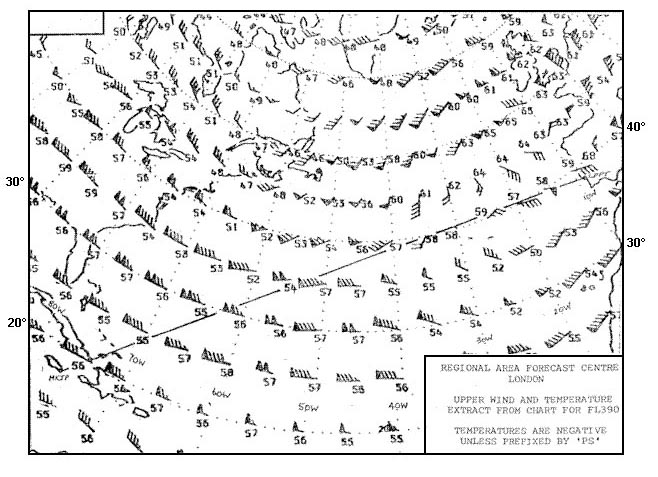 Only cat iii allows no decisions height.
Only cat iii allows no decisions height. There are two primary methods of flying to or from an ndb complete the ?
Question 195-27 : 1 homing 2 to 3 tracking 4 to or from 1 the needle down method 2 to or from 3 the needle up method 4 to 1 procedure turns 2 to 3 the track made good method 4 to or from 1 homing 2 to or from 3 tracking 4 to
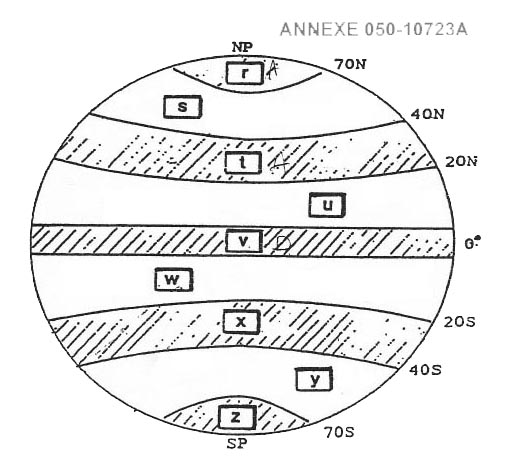 (1) homing; (2) to; (3) tracking; (4) to or from
(1) homing; (2) to; (3) tracking; (4) to or from A crew is briefing for a procedural vor approach that requires a procedure turn ?
Question 195-28 : Timed straight leg without track guidance and a 180° turn to the right to intercept the inbound track timed turn to the left to intercept the inbound track timed straight leg without track guidance and a 180° turn to the left to intercept the inbound track 260° turn to the right to intercept the inbound track
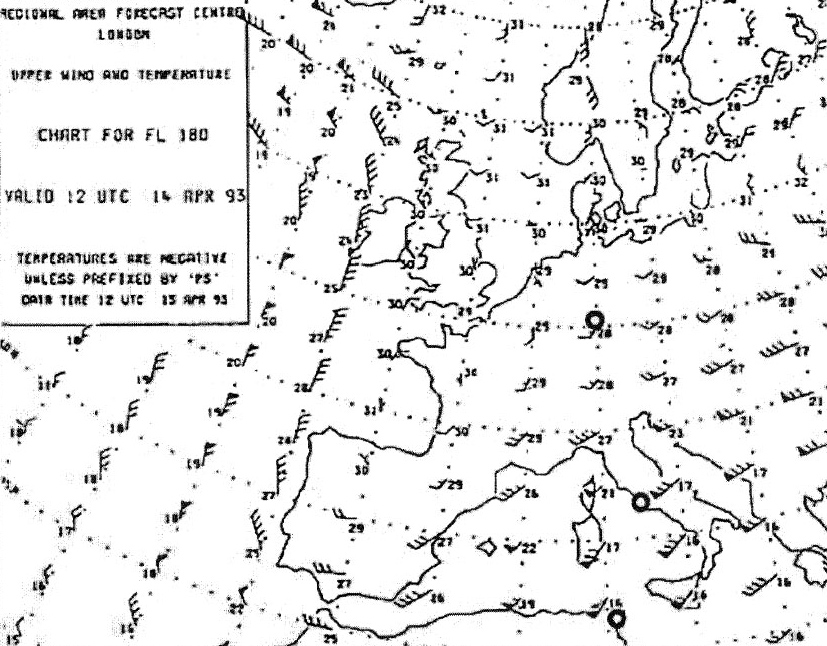 Timed straight leg without track guidance and a 180° turn to the right to intercept the inbound track.
Timed straight leg without track guidance and a 180° turn to the right to intercept the inbound track. Which of the following options states the correct frequency band propagation ?
Question 195-29 : Lf and mf surface waves 190 khz to 1750 khz uhf only space waves 329 15 mhz to 335 mhz vhf only ground waves 108 mhz to 117 975 mhz mf only surface waves 300 khz to 1750 khz
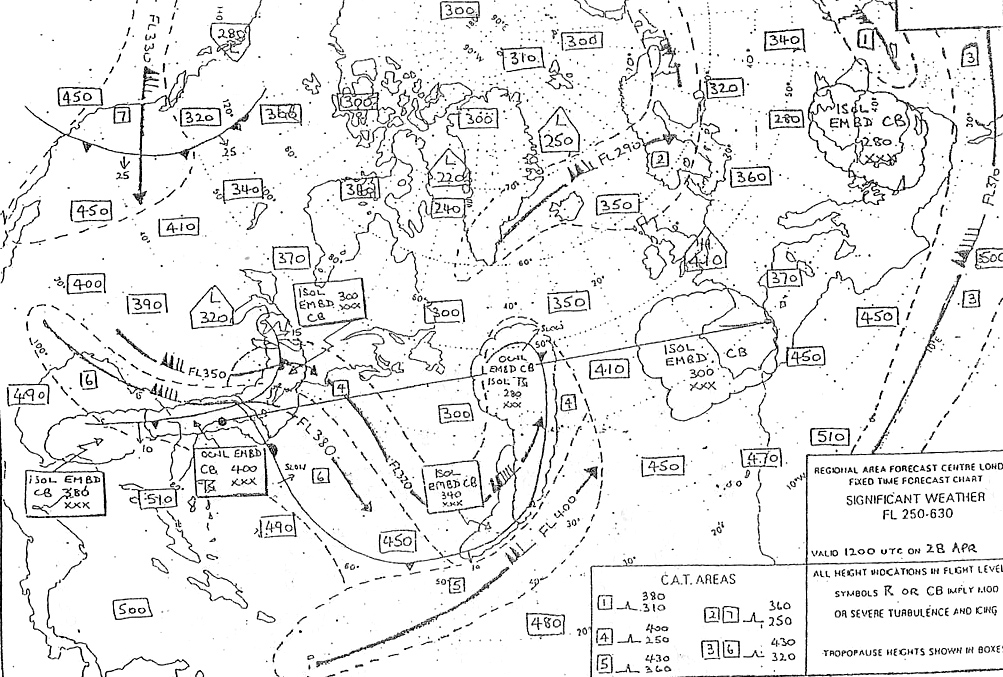 Lf and mf, surface waves, 190 khz to 1750 khz.
Lf and mf, surface waves, 190 khz to 1750 khz. A pilot of an aircraft flying in the daytime at fl80 on heading 030° m is ?
Question 195-30 : Dip error antenna shadowing quadrantal error station interference
 Dip error
Dip error Ils approaches are divided into facility performance categories which of the ?
Question 195-31 : Guidance is provided from the coverage limit to the point at which the localiser course line intersects the ils glide path at a height of 15 m 50ft or less above the horizontal plane containing the threshold guidance is provided from the coverage limit to the point at which the localiser course line intersects the ils glide path at a height of 60 m 200 ft or less above the horizontal plane containing the threshold it is an ils which with the aid of ancillary equipment when necessary provides guidance from the coverage limit down to and along the runway it proves guidance from the coverage limit to the point at which the localiser course line intersects the ils glide path at a height of 30 m 100 ft or less above the threshold
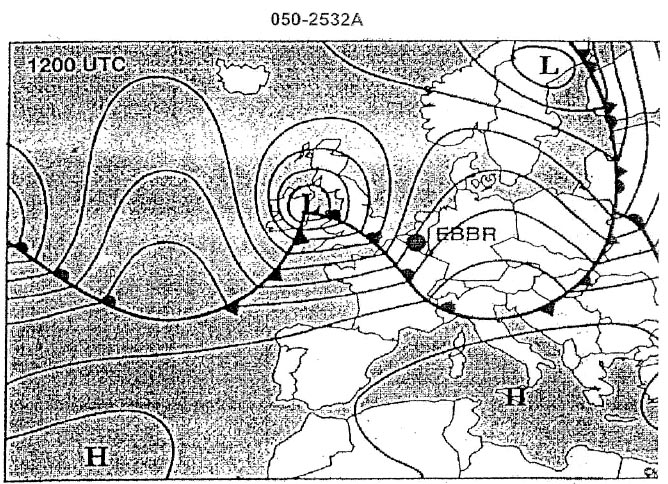 Guidance is provided from the coverage limit to the point at which the localiser course line intersects the ils glide path at a height of 15 m (50ft) or less above the horizontal plane containing the threshold.
Guidance is provided from the coverage limit to the point at which the localiser course line intersects the ils glide path at a height of 15 m (50ft) or less above the horizontal plane containing the threshold. What causes the dip error in an adf ?
Question 195-32 : The tilted antenna whilst banking the aircraft the unbalanced rm indicator needle signals being re radiated from the metal fuselage the combined dip angle of the earth's magnetic field
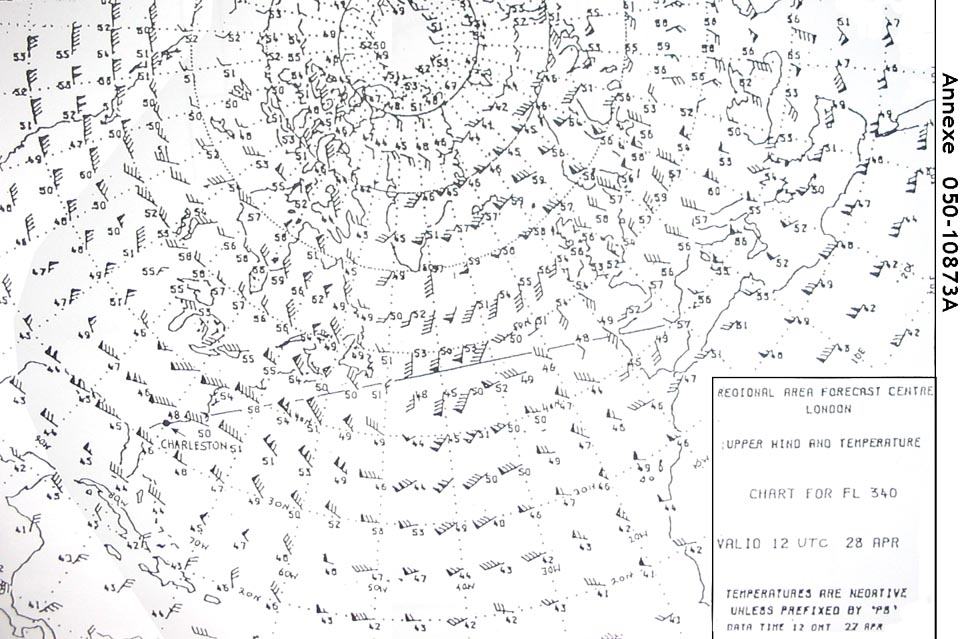 The tilted antenna whilst banking the aircraft.
The tilted antenna whilst banking the aircraft. Which frequency band do dmes operate within ?
Question 195-33 : Ultra high frequency uhf 300 mhz to 3000 mhz high frequency hf 3 mhz to 30 mhz ultra high frequency uhf 30 mhz to 300 mhz very high frequency vhf 30 mhz to 300 mhz
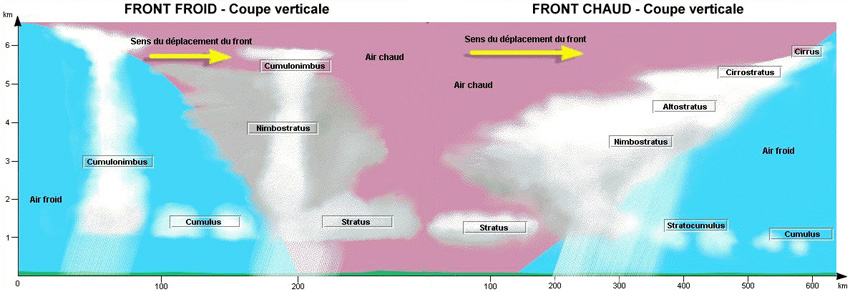 Ultra high frequency (uhf): 300 mhz to 3000 mhz
Ultra high frequency (uhf): 300 mhz to 3000 mhz Given the following information what is the true bearing from the ndb to the ?
Question 195-34 : 101º t 145º t 125º t 105º t
 101º (t)
101º (t) An aircraft equipped with a vhf radio is flying within radio range of two or ?
Question 195-35 : Position altitude tas heading
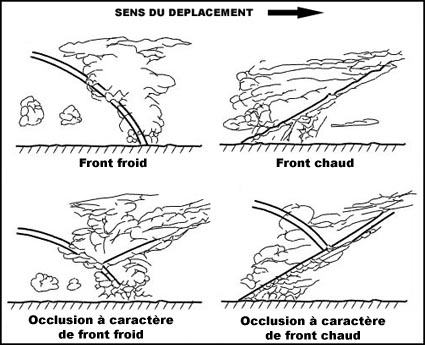 Position
Position A cat i ils with a decision height of 240 ft is what type of approach ?
Question 195-36 : Type b 3d approach type b 2d approach type a 2d approach type a 3d approach
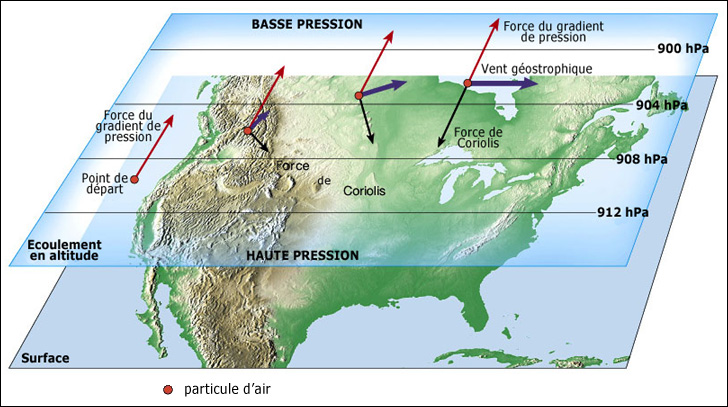 Type b, 3d approach
Type b, 3d approach Which of the following statements is true ?
Question 195-37 : With an a2a modulated wave you can hear the wave in adf mode with an a1a modulated wave you can hear the wave in frq mode with an a2a unmodulated wave you can hear the wave in bfo mode with n0n modulated wave you can hear the wave in bfo mode
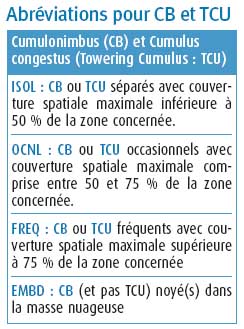 With an a2a modulated wave you can hear the wave in adf mode.
With an a2a modulated wave you can hear the wave in adf mode. An aircraft is equipped with a dme receiver that can provide a read out of ?
Question 195-38 : Less than the actual ground speed because the change in slant range is smaller than the change in ground distance inaccurate because the aircraft is moving away from the station and the slant range error becomes more significant with distance greater than the actual ground speed because the change in slant range is greater than the change in ground distance exactly correct because the aircraft slant range is increasing at the ground speed due to the climb
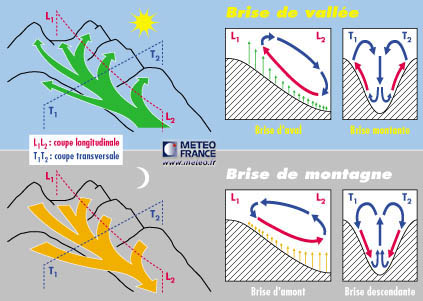 Less than the actual ground speed because the change in slant range is smaller than the change in ground distance.
Less than the actual ground speed because the change in slant range is smaller than the change in ground distance. A pilot has selected the appropriate ils frequency for the approach that they ?
Question 195-39 : Absence of both carrier waves a difference in depth of modulation of zero excessive loc and gp deviations loss of ils ident transmission
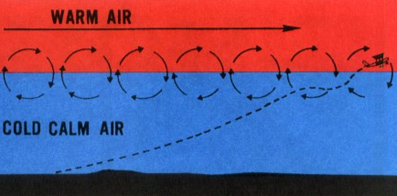 Absence of both carrier waves.
Absence of both carrier waves. To avoid the inaccuracies that may be caused by coastal refraction the pilot ?
Question 195-40 : The aircraft is on the perpendicular to the coast which runs through the ndb the relative bearing is either 090º or 270º the aircraft is situated on any perpendicular to the coast the relative bearing is perpendicular to the true heading
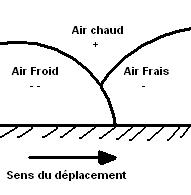 The aircraft is on the perpendicular to the coast which runs through the ndb.
The aircraft is on the perpendicular to the coast which runs through the ndb. ~
Exclusive rights reserved. Reproduction prohibited under penalty of prosecution.
7759 Free Training Exam
